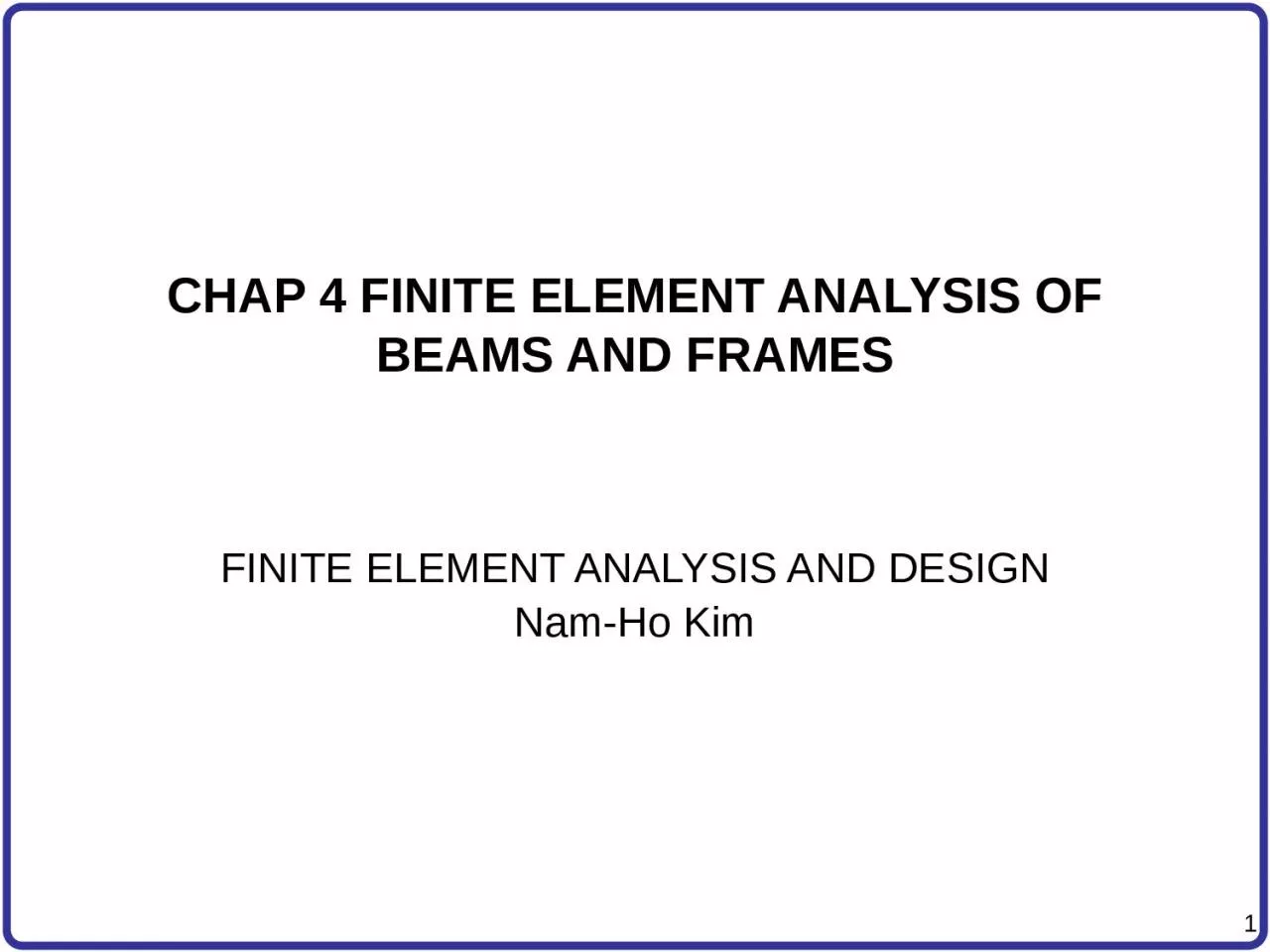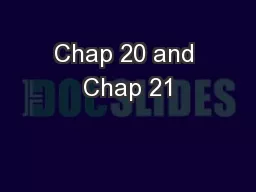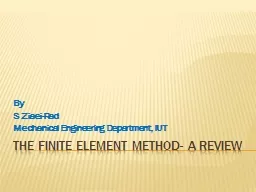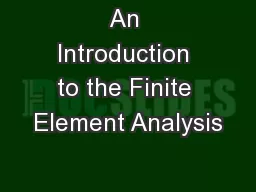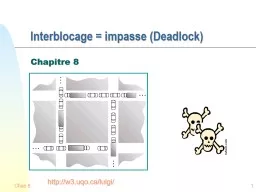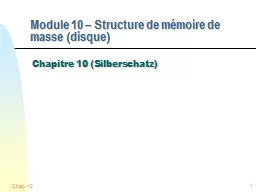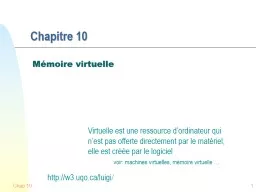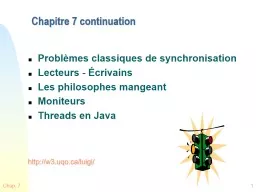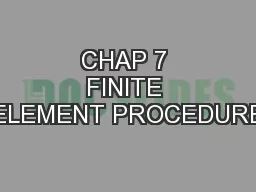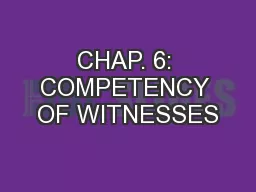PPT-CHAP 4 FINITE ELEMENT ANALYSIS OF BEAMS AND FRAMES
Author : megan | Published Date : 2023-10-04
FINITE ELEMENT ANALYSIS AND DESIGN NamHo Kim INTRODUCTION We learned Direct Stiffness Method in Chapter 2 Limited to simple elements such as 1D bars In Chapter
Presentation Embed Code
Download Presentation
Download Presentation The PPT/PDF document "CHAP 4 FINITE ELEMENT ANALYSIS OF BEAMS..." is the property of its rightful owner. Permission is granted to download and print the materials on this website for personal, non-commercial use only, and to display it on your personal computer provided you do not modify the materials and that you retain all copyright notices contained in the materials. By downloading content from our website, you accept the terms of this agreement.
CHAP 4 FINITE ELEMENT ANALYSIS OF BEAMS AND FRAMES: Transcript
Download Rules Of Document
"CHAP 4 FINITE ELEMENT ANALYSIS OF BEAMS AND FRAMES"The content belongs to its owner. You may download and print it for personal use, without modification, and keep all copyright notices. By downloading, you agree to these terms.
Related Documents

